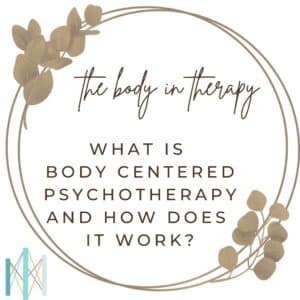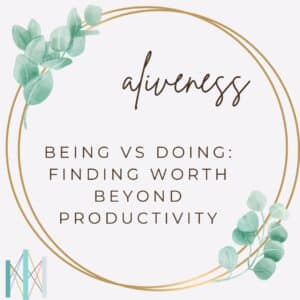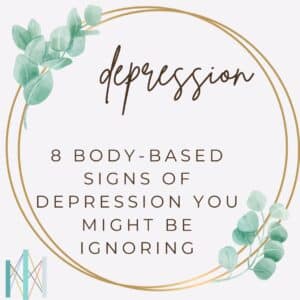
What is Body Centered Psychotherapy and How Does it Work?
Reviewed by Kathryn Vercillo, MA Psychology | Last Updated: November 2025 You know the feeling. Your stomach drops when you receive bad news. Your shoulders creep toward your ears during a stressful meeting. Your chest tightens before a difficult conversation, even when you tell yourself there is nothing to worry about. These experiences reveal something profound: your body is not...









